[4 min read but if you like ice, wildlife and ocean pictures probs longer!]
- A note to say that I’m immensely grateful for the wilderness of our planet. In pursuit of preserving and respecting the epic wildlife, a 5m distance was maintained.
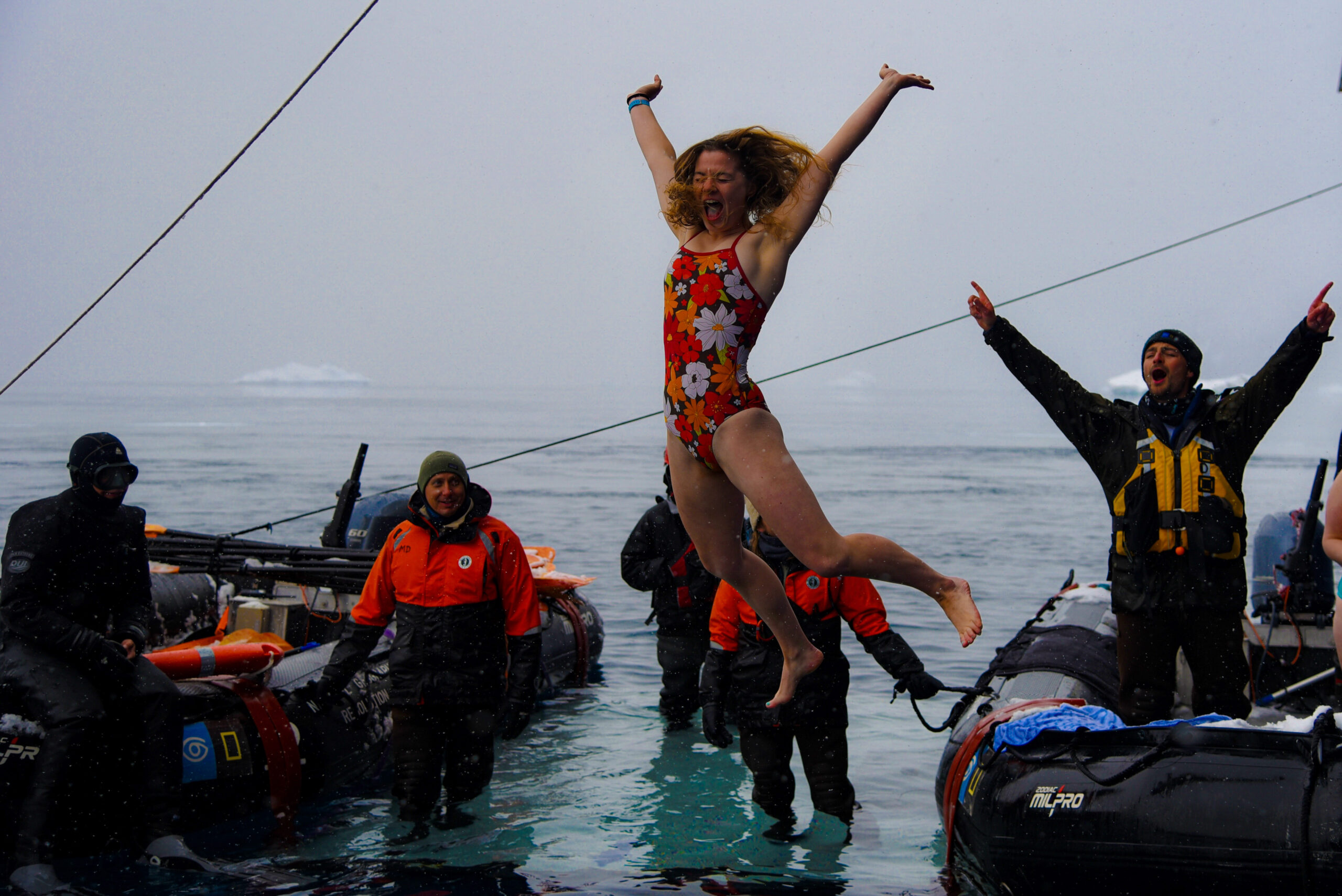
Tell me about Antarctica! Among the remarkable places I’ve had the privilege to explore this year, Antarctica is the one place that consistently sparks the most curiosity from others. This white continent is wild and beautiful and few get to experience it.
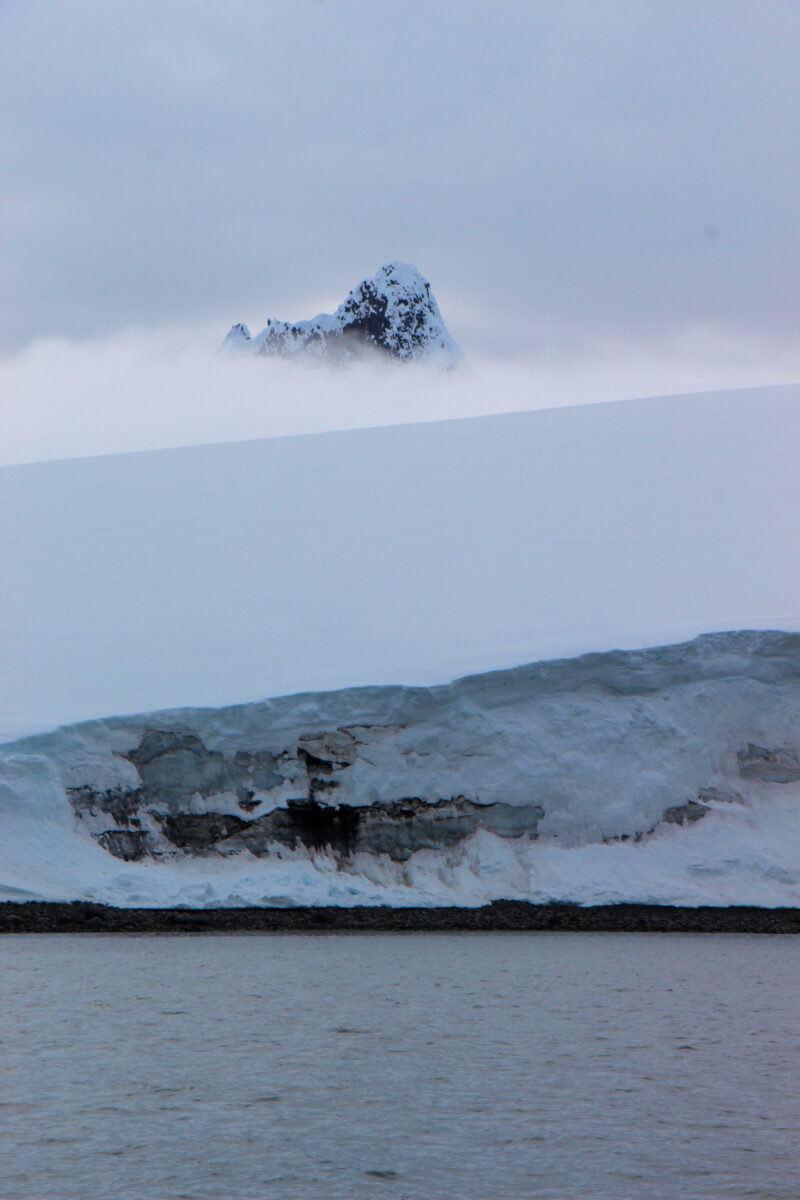
A wake-up call from the ice
An exciting wake-up call from the captain made me quickly scurry to the bridge. “Good Morning” he announced. “From the bridge, we’ve sighted a colony of emperor penguins. In my 24 years as a captain, this is the first time I’ve seen them with the naked eye from the ship.”
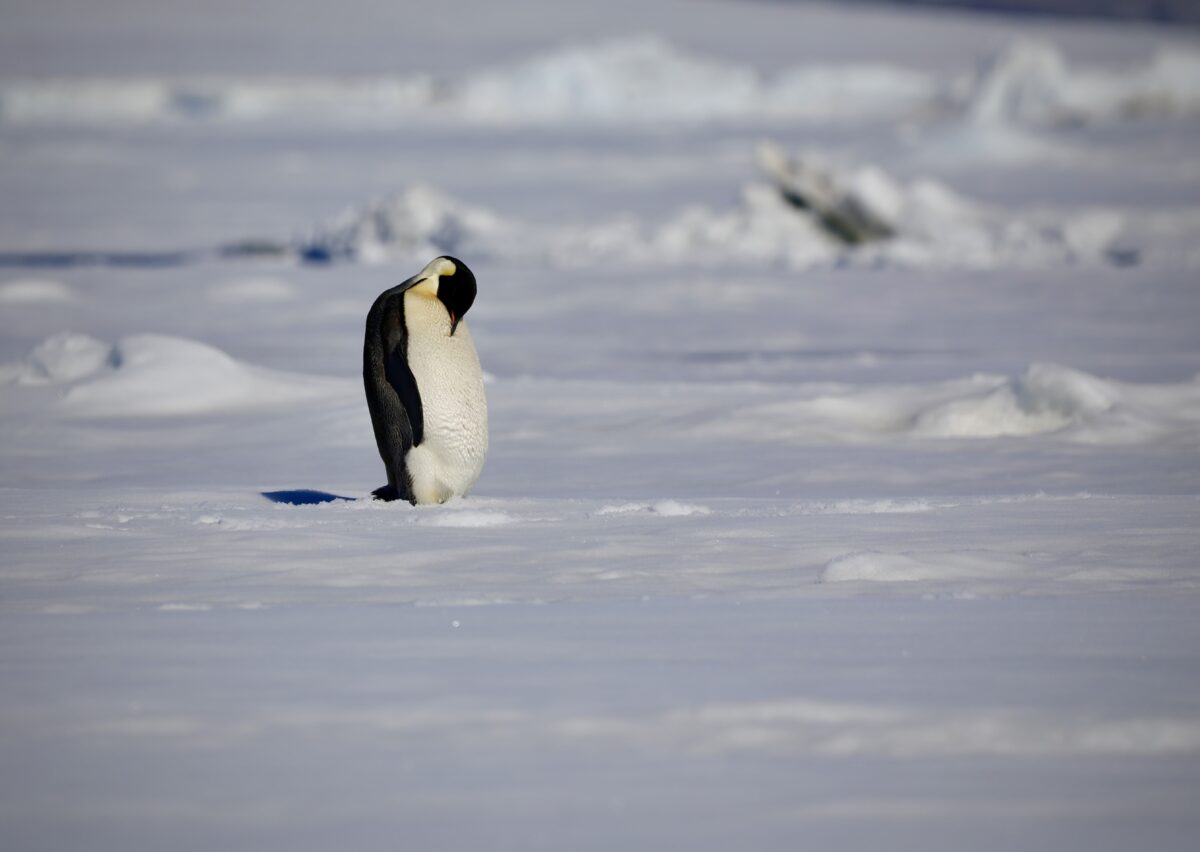
Yet this excitement is tinged with a sombre reality, of how much the sea ice has melted to grant us this sighting. Emperor penguins, creatures of habit, return faithfully to the same breeding spot year after year, yet the ocean edge is creeping closer and closer.
Frozen stories
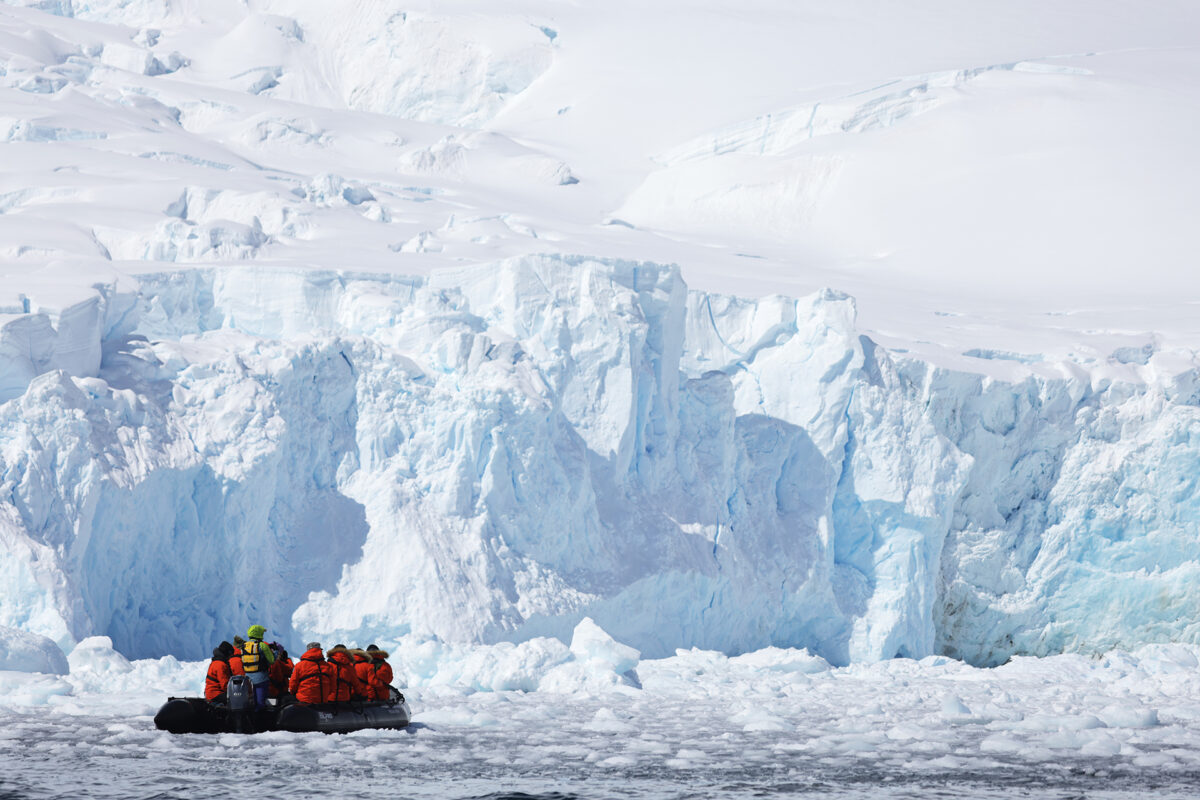
Antarctica is the highest, driest, coldest and windiest continent on earth. In this icy realm, a common saying is … “You go to Antarctica for the wildlife but return for the ice”. This captivating ecosystem is filled with ragged icebergs, each sculpted by the environment to tell their own story. Rain and wind shape ice bridges and arches. The journey with Lindblad Expeditions was a unique encounter with this fragile environment.
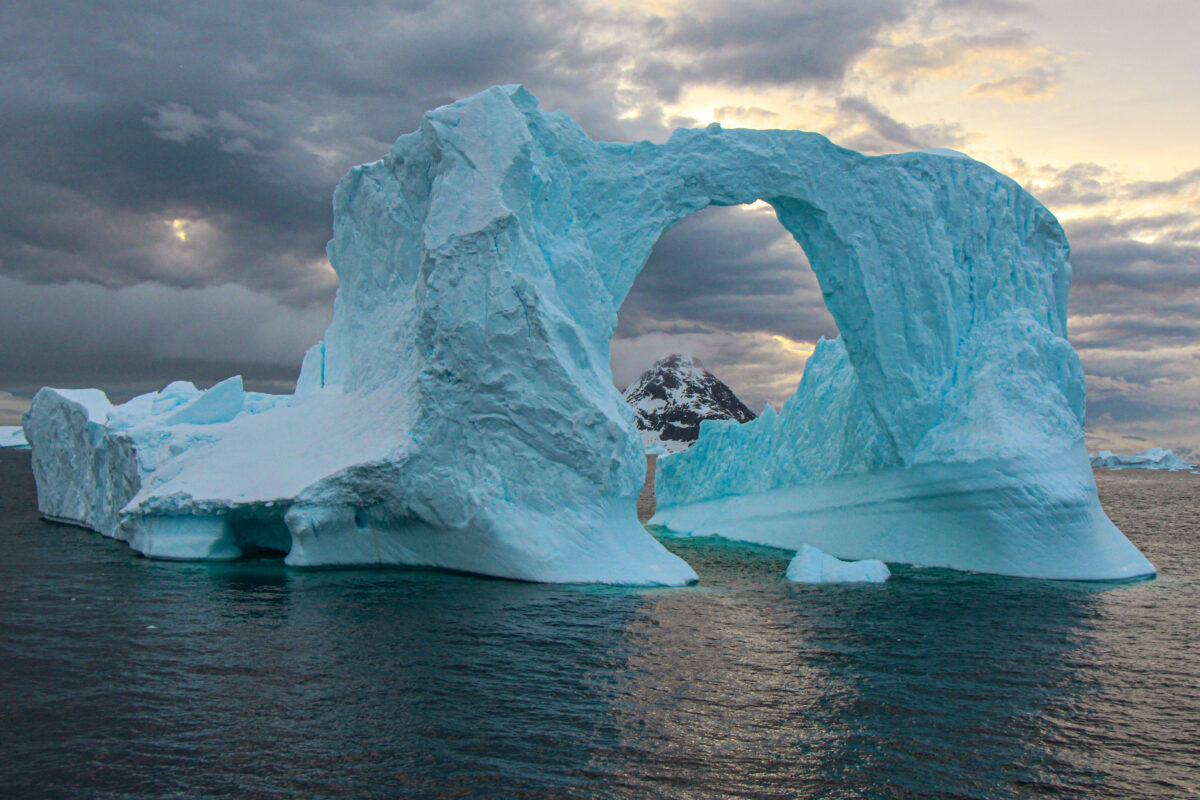
Polar plunges and penguins: Picture recap of our journey
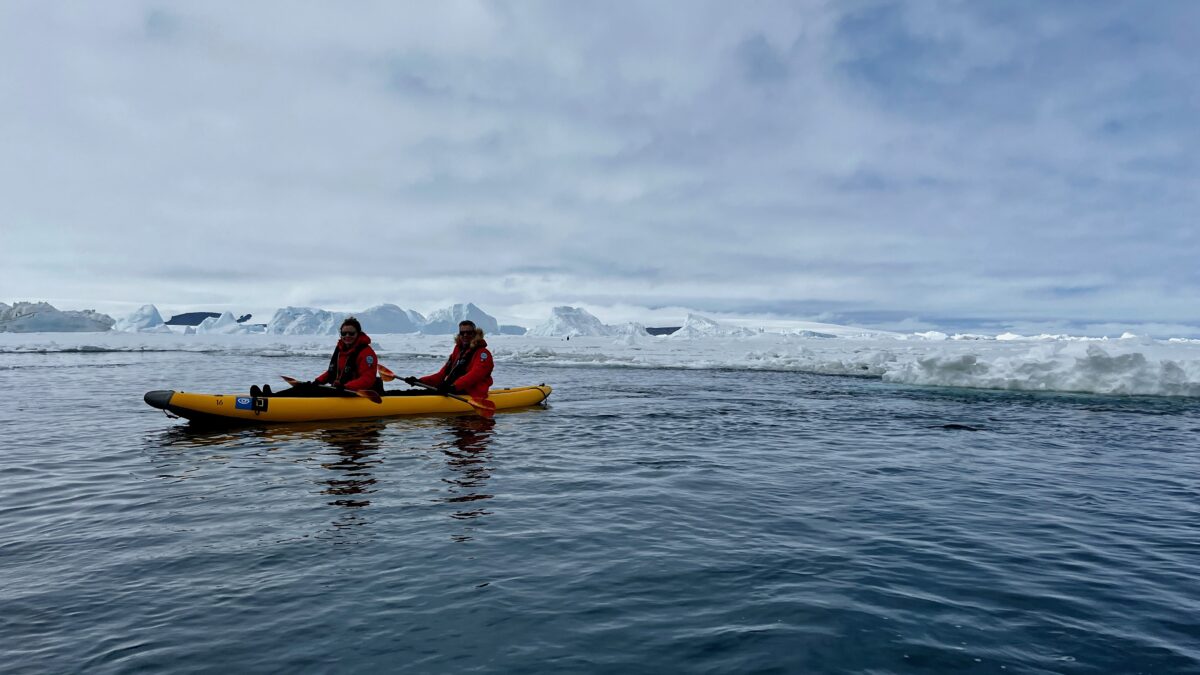
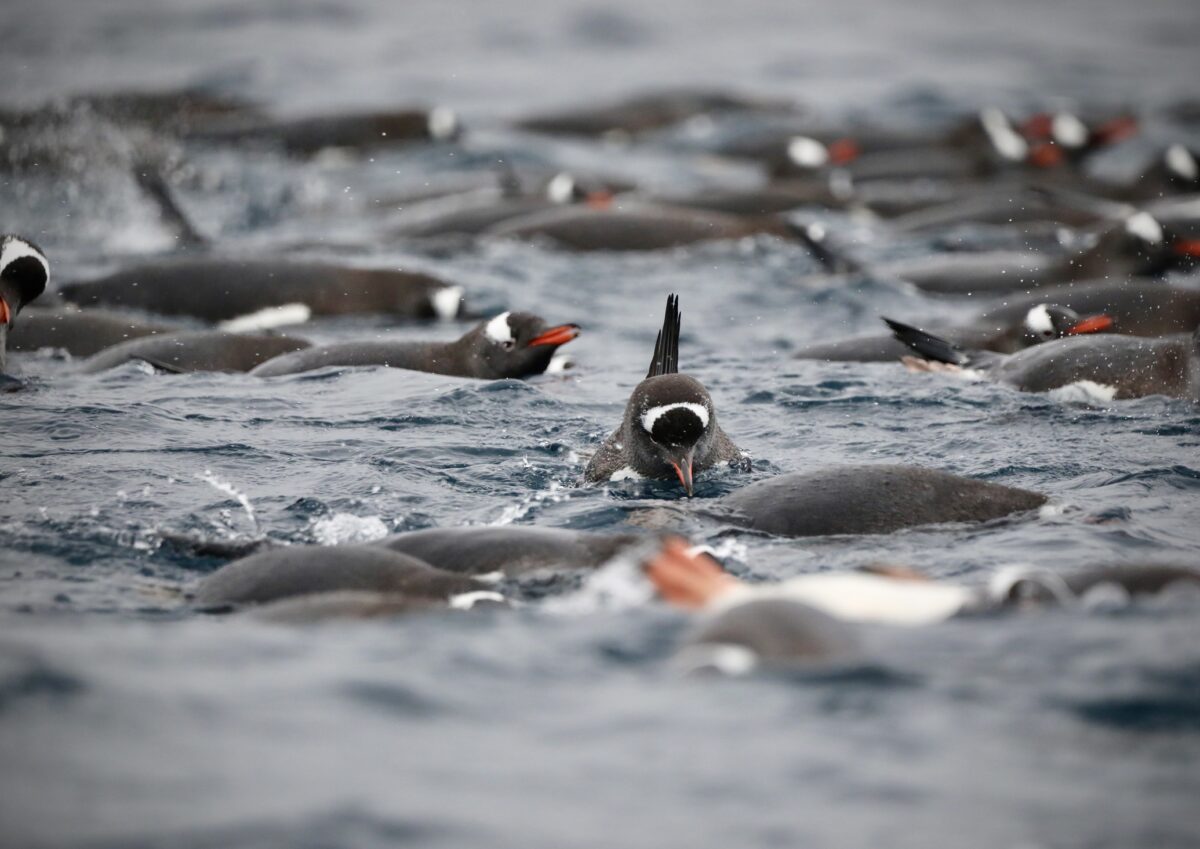
We kayaked amidst floating icebergs and playful penguins
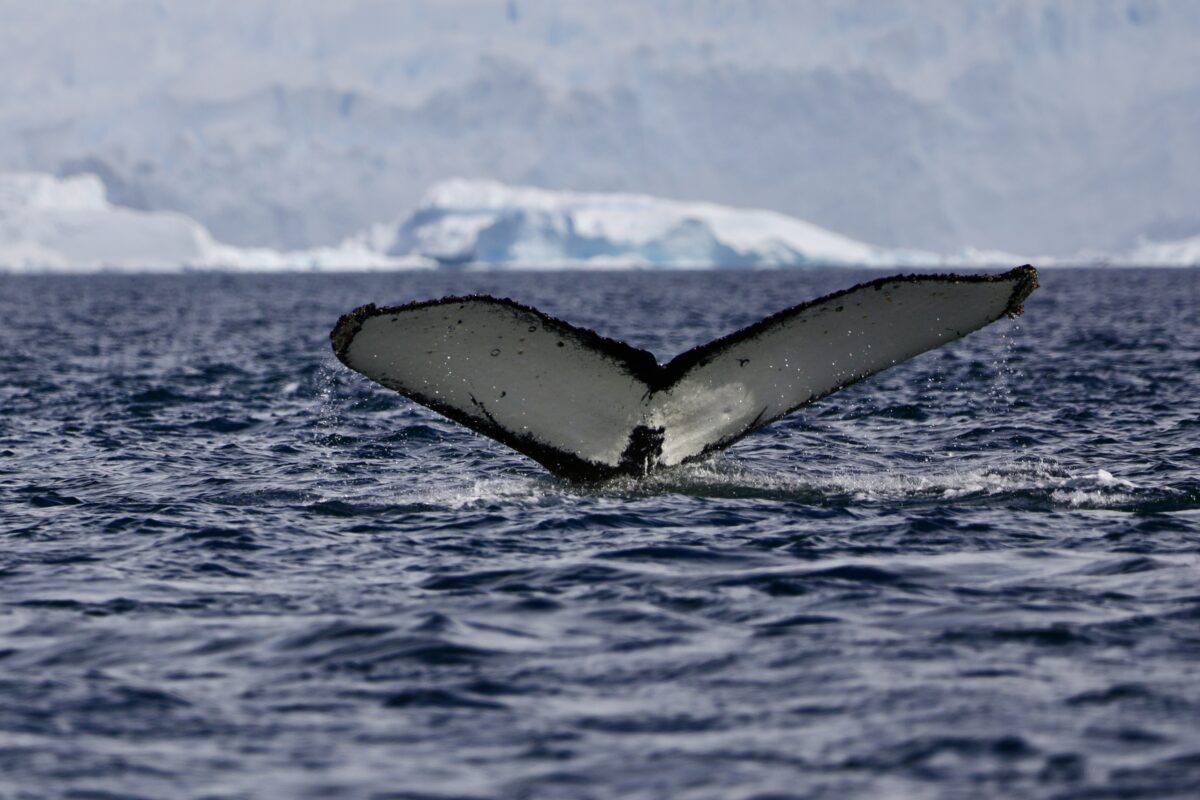
We crossed paths with orca, whales, and seals!
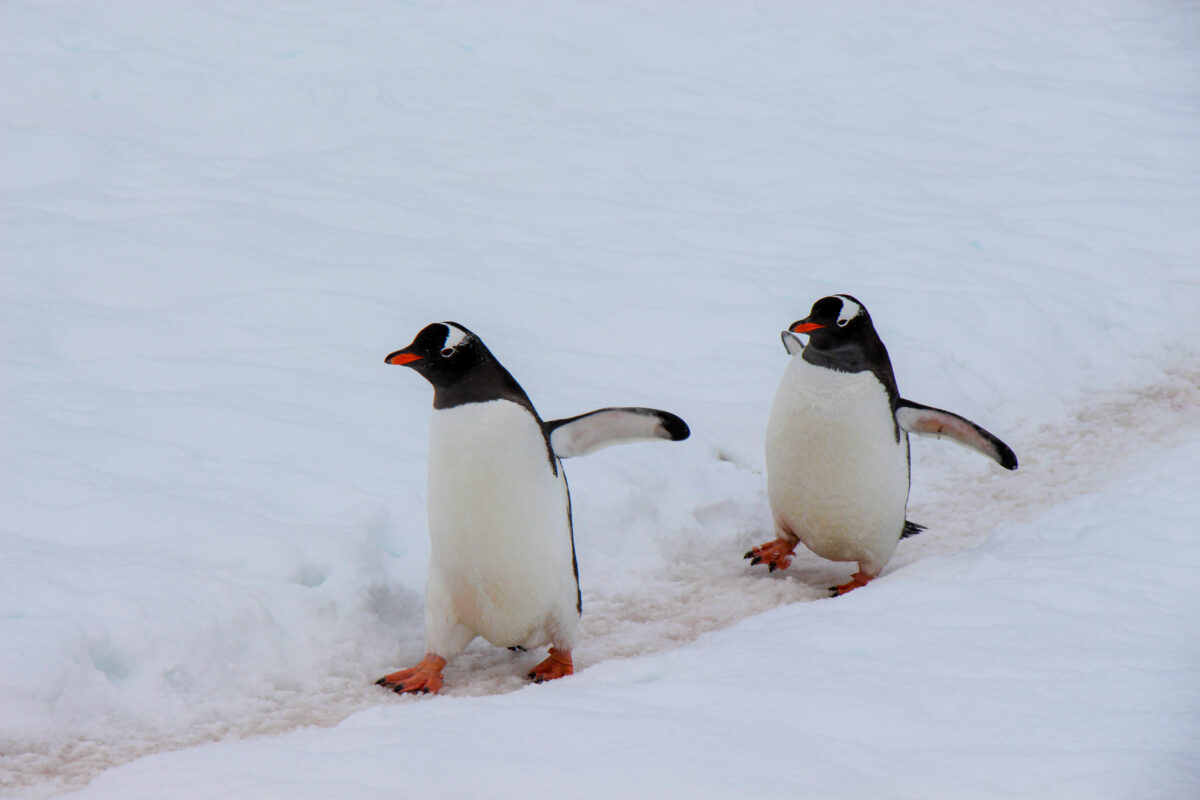
We trekked across frozen landscapes, and time disappeared as we watched penguin antics
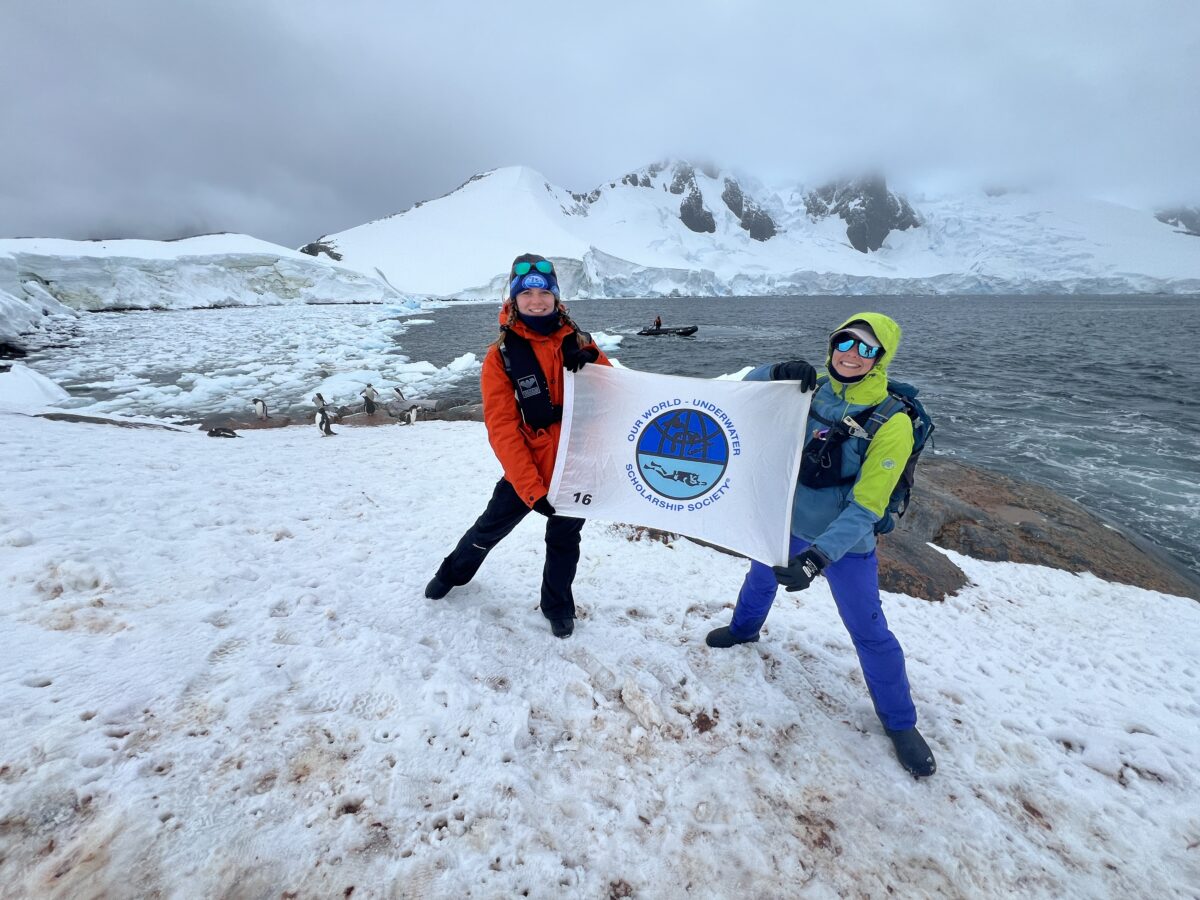
Me and the lovely Maya, the 2016 Australasia OWUSS Scholar. Maya was the biggest help. Thank you for bringing all your ocean-loving and big sister scholar energy!
Lessons from the ice
Joining this expedition gave me valuable insight into responsible expedition travel and the benefits it provides. This voyage allowed Dr Tom Hart and Dr Louise Emmerson, both penguinologists (the coolest job title ever!), to access remote penguin colonies for their research.
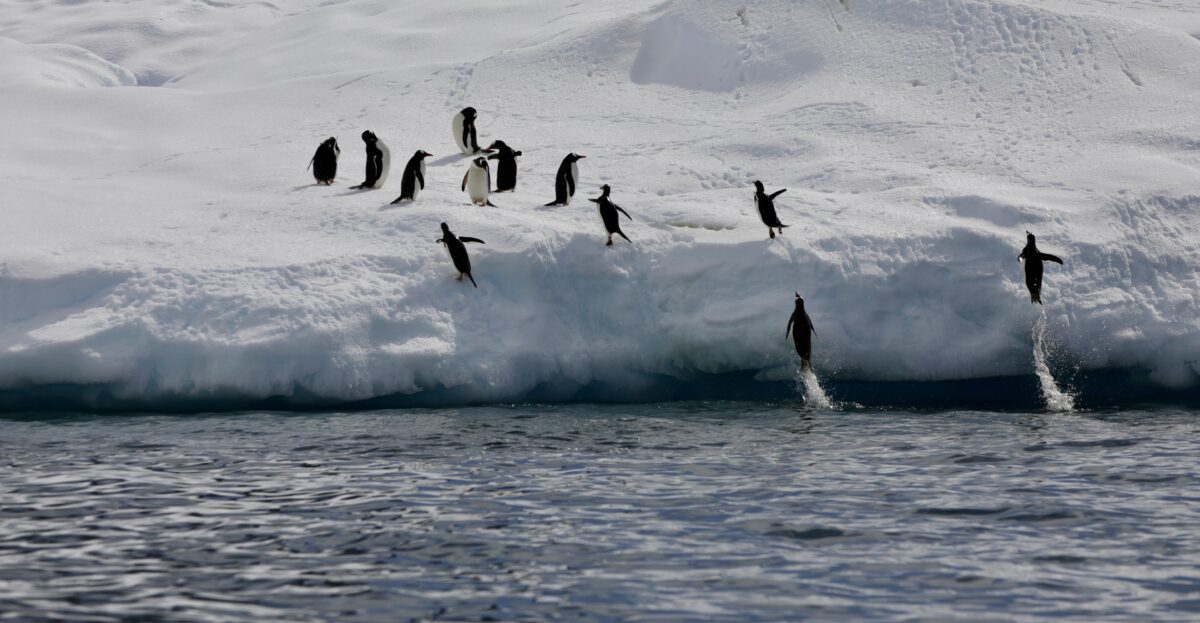
Thanks to the wonderful Lindblad and National Geographic team for your infectious love and passion for the special place that is Antarctica. I now fully appreciate how sharing photos and knowledge can drive change, in both people and research.
You encouraged me to think about our planet’s changing state and how to harmoniously integrate with nature. Thank you for inspiring me to be the best advocate I can for our precious planet.
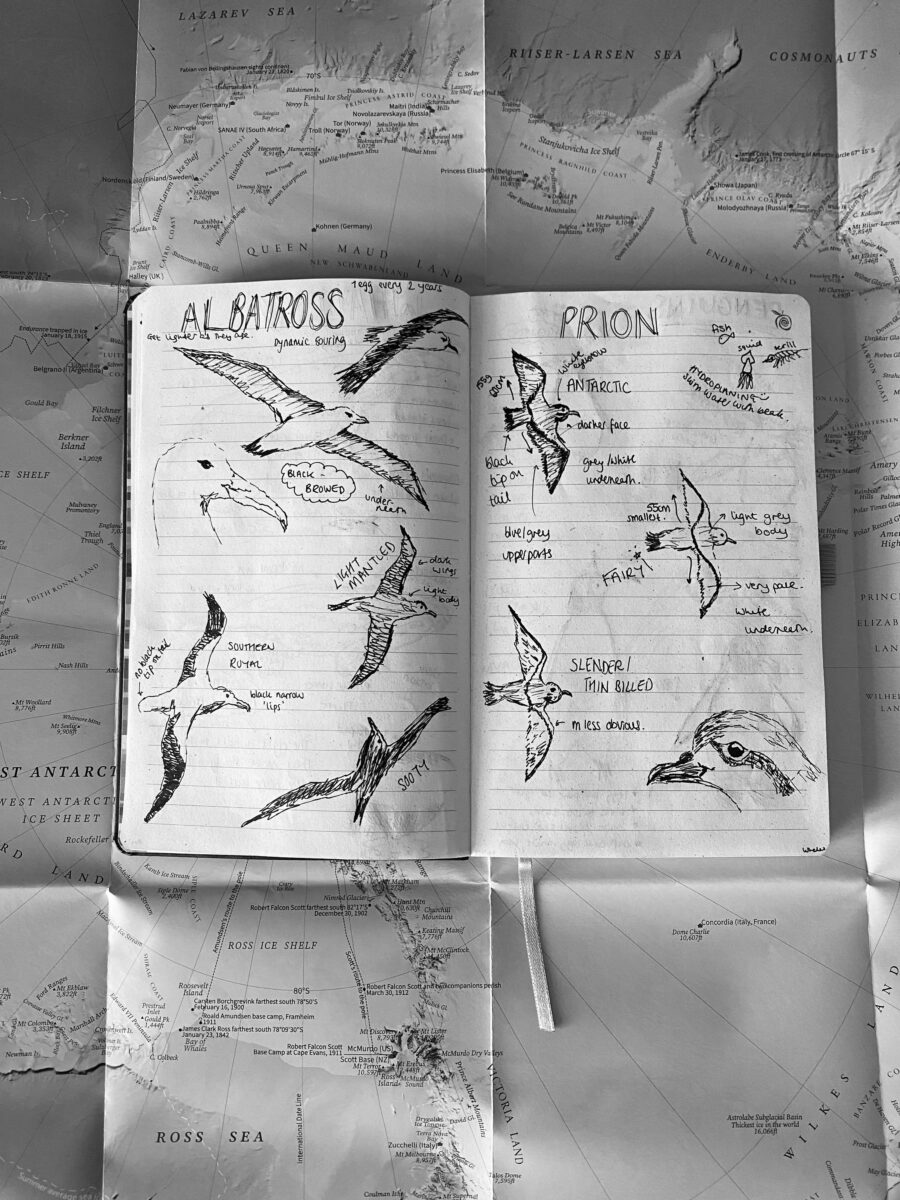
I departed with a newfound awe for Antarctica, recognising its pivotal role in our ecosystem, biodiversity, ocean health and carbon balance. I hope this blog resonates as a testament to why we must ardently protect it.
A huge thank you to Rolex, the Our World Underwater Scholarship Society, Divers Alert Network and my equipment sponsors Fourth Element, Suunto, Halcyon Dive Systems, Reef Photo and Video and Nauticam. Their continued support, along with the dedication of countless volunteers and hosts, has transformed this incredible opportunity into a reality. I’m excited about the adventures that await in the coming year.
